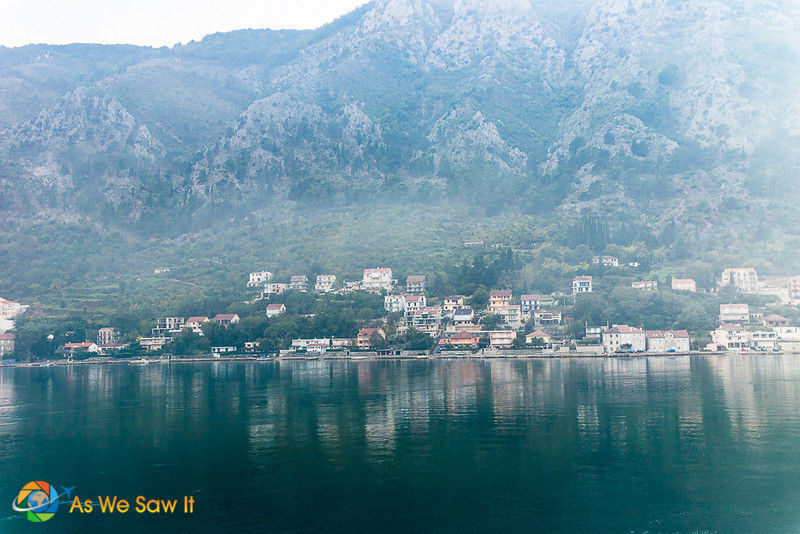
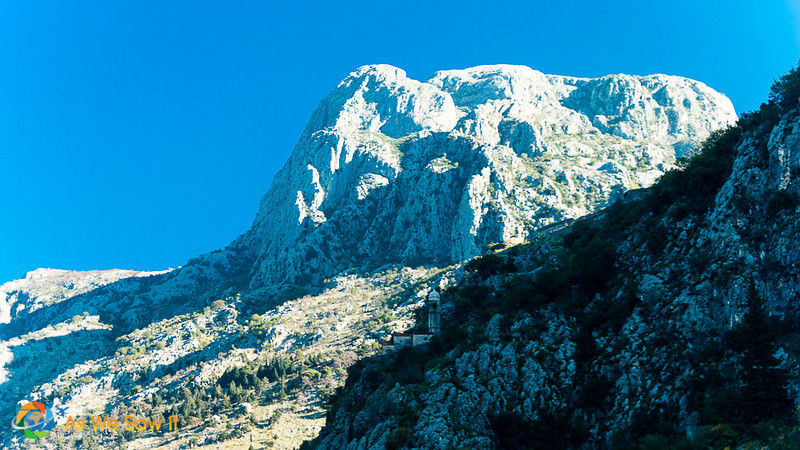
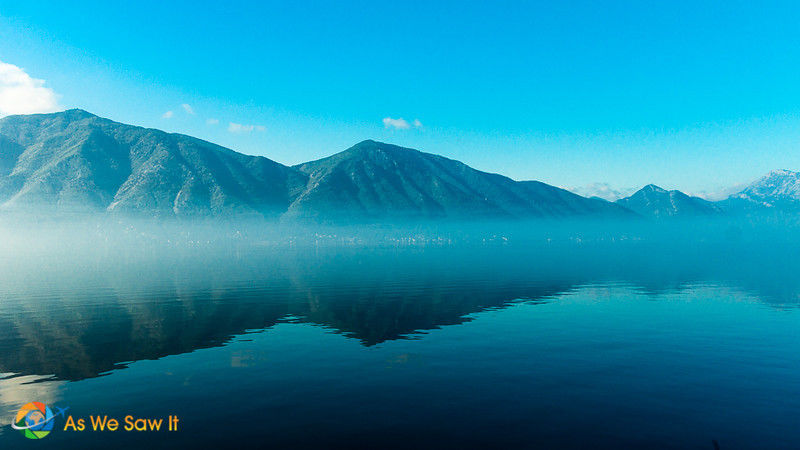
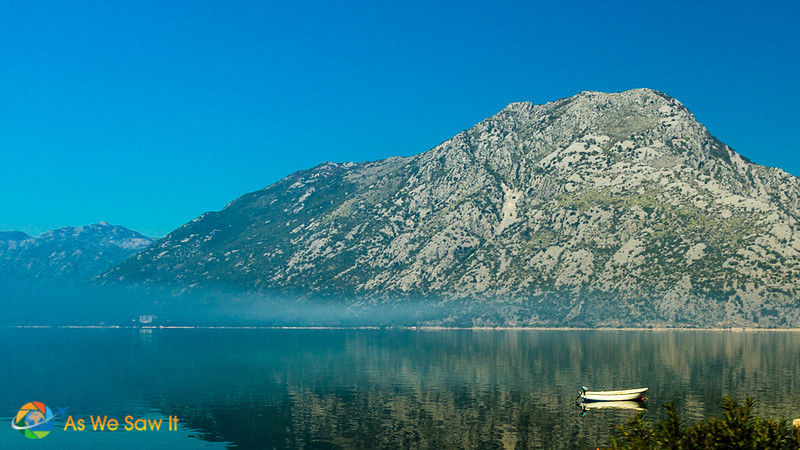
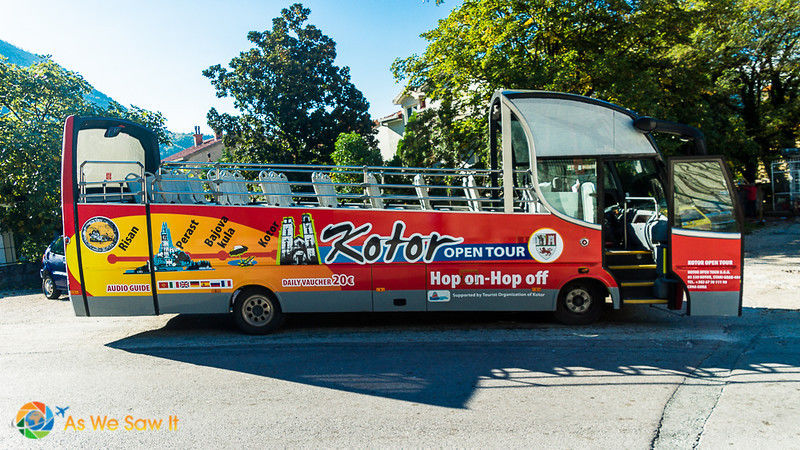
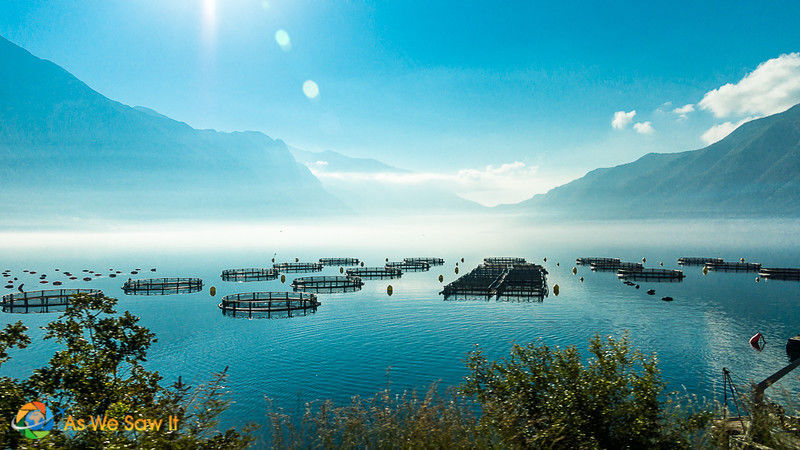
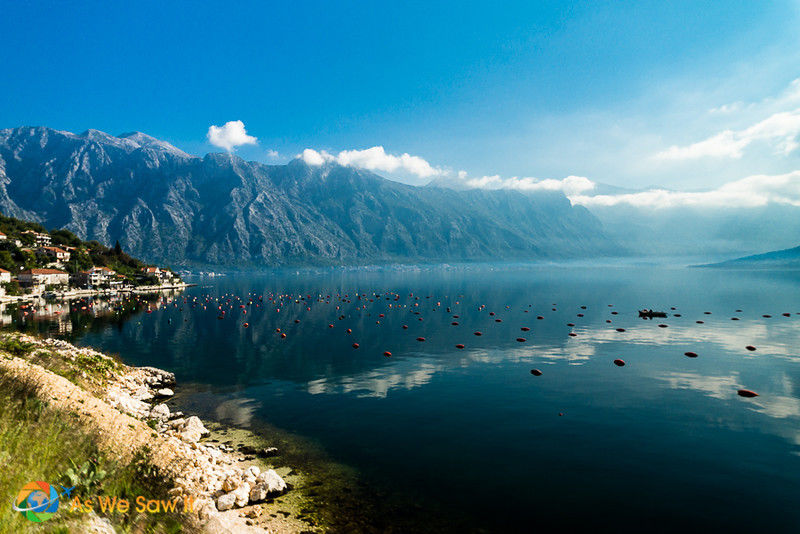
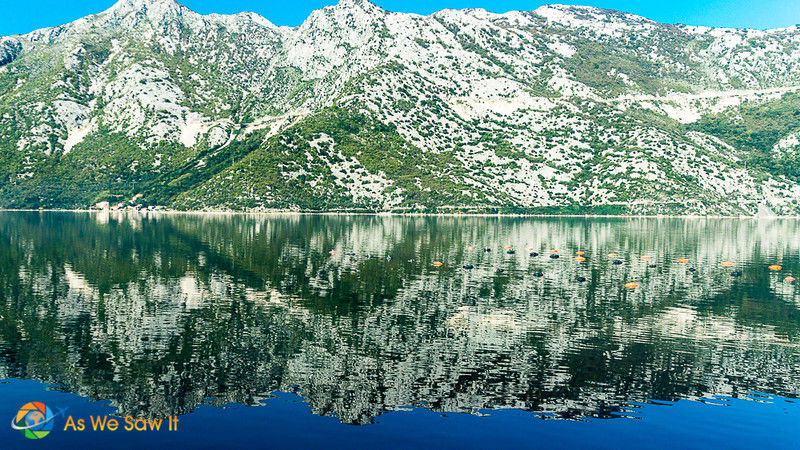
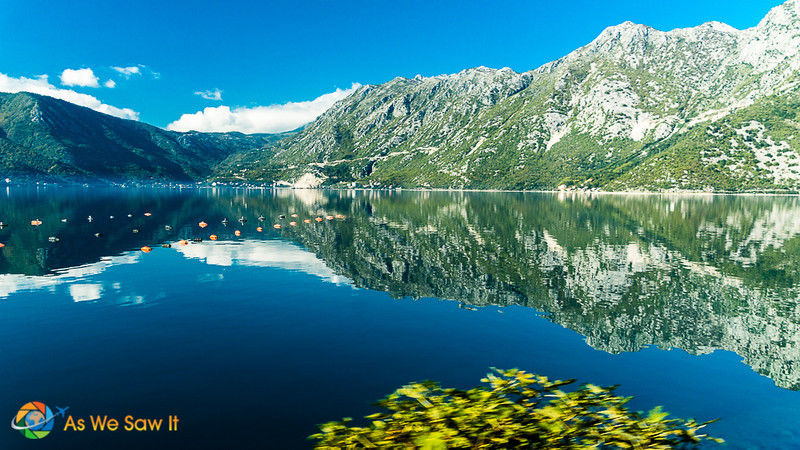
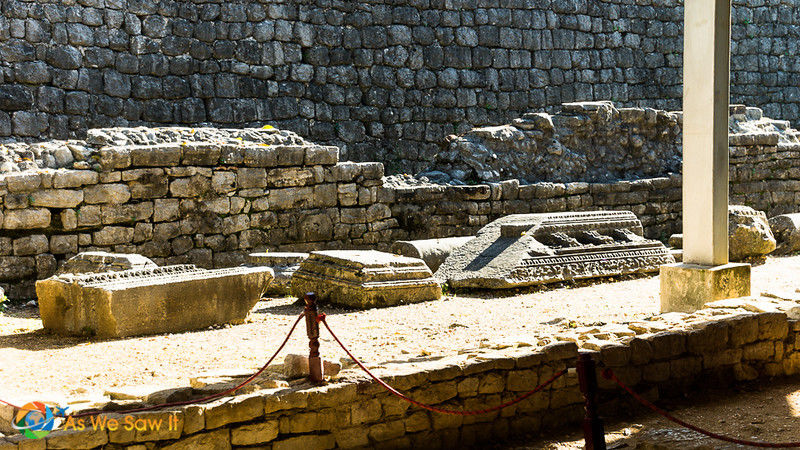
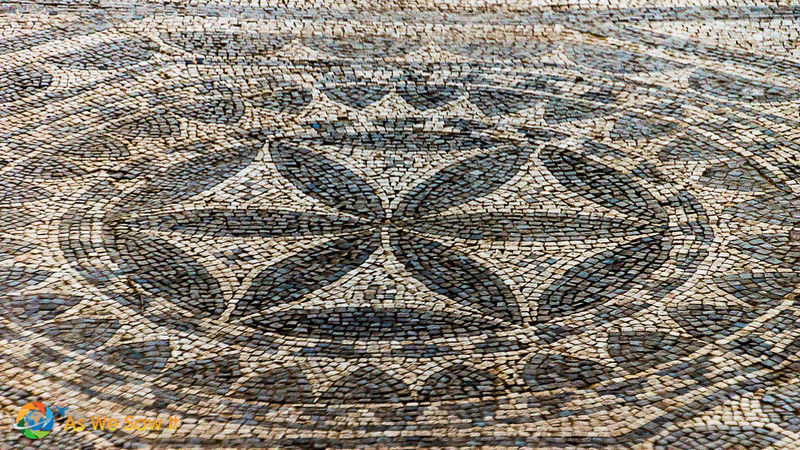
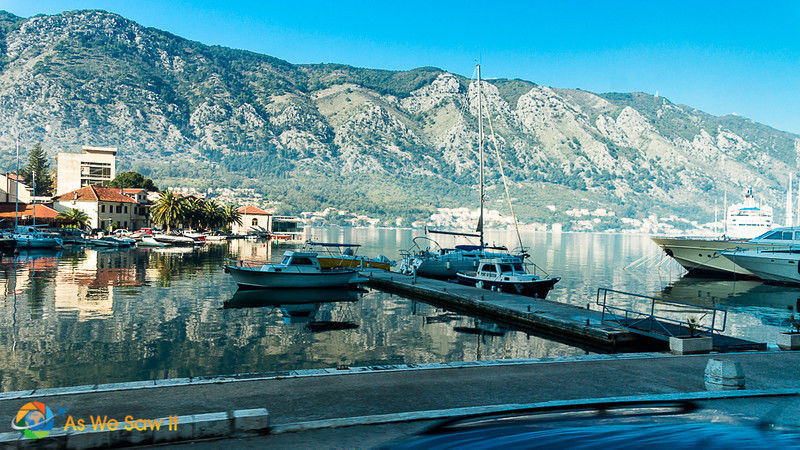
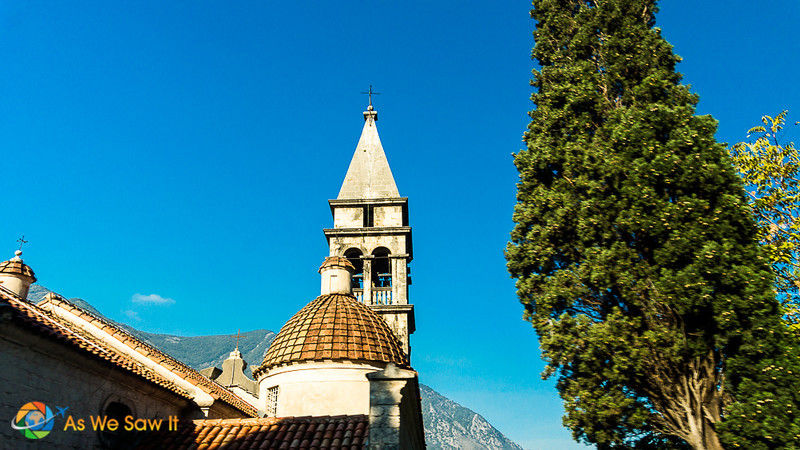
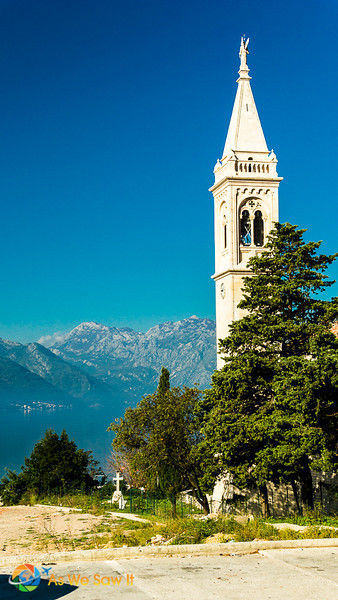
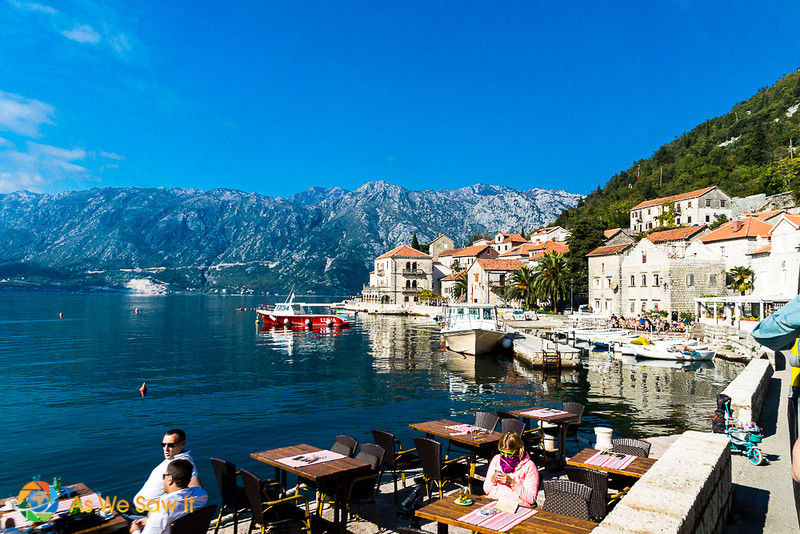
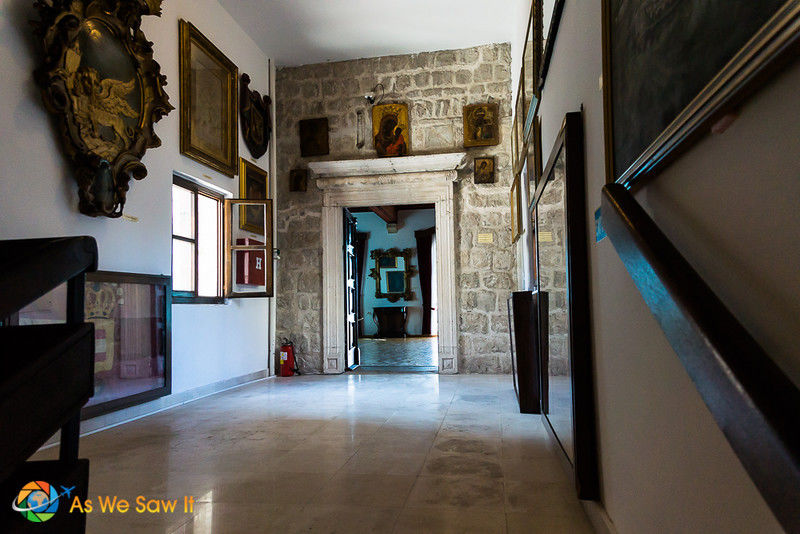
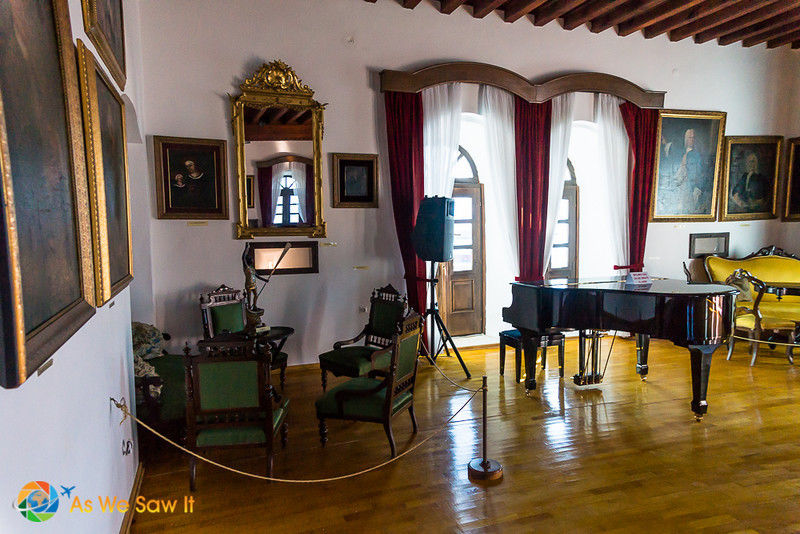
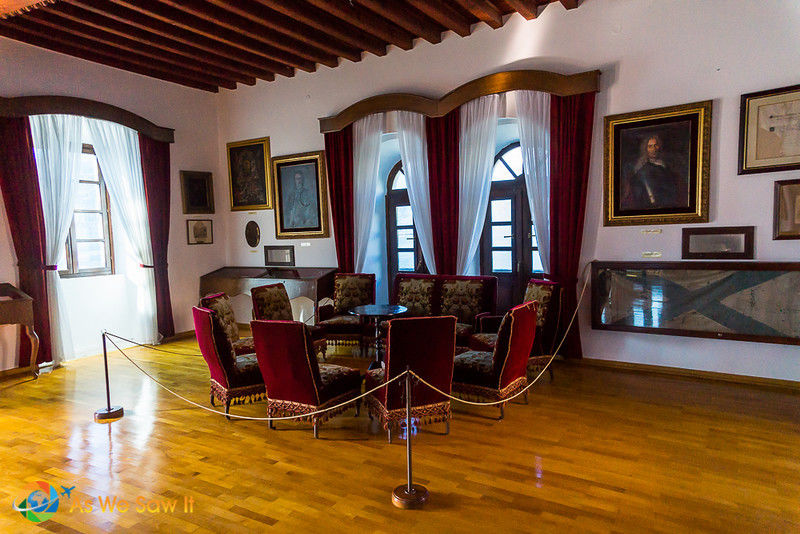
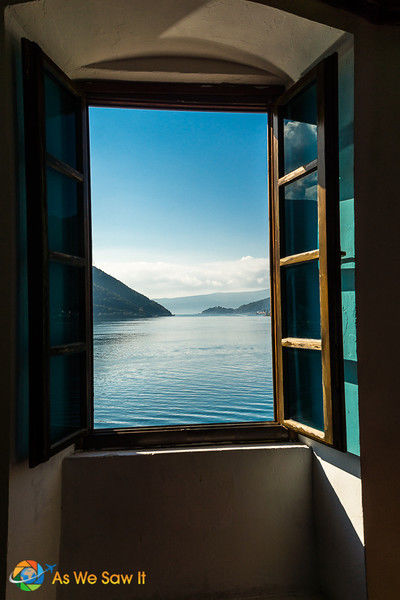
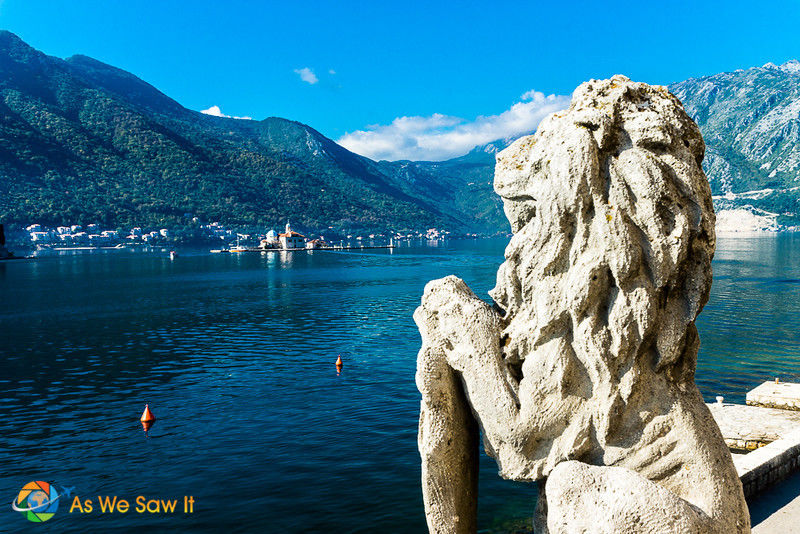
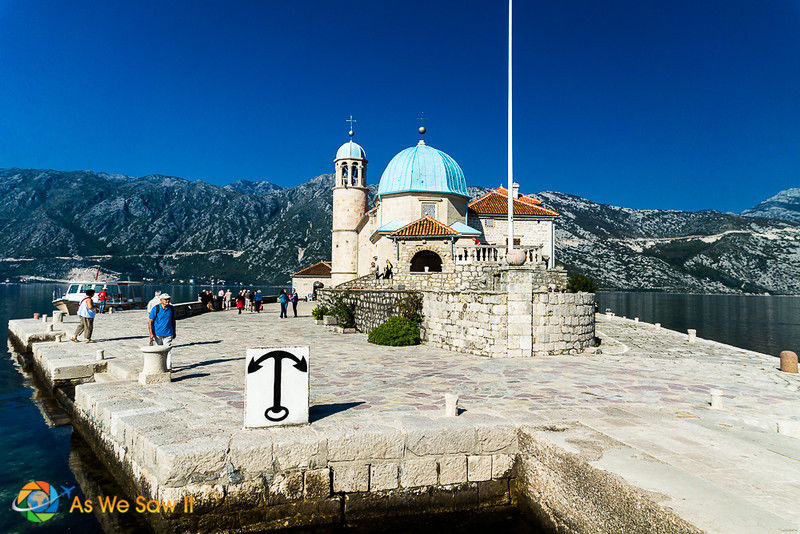
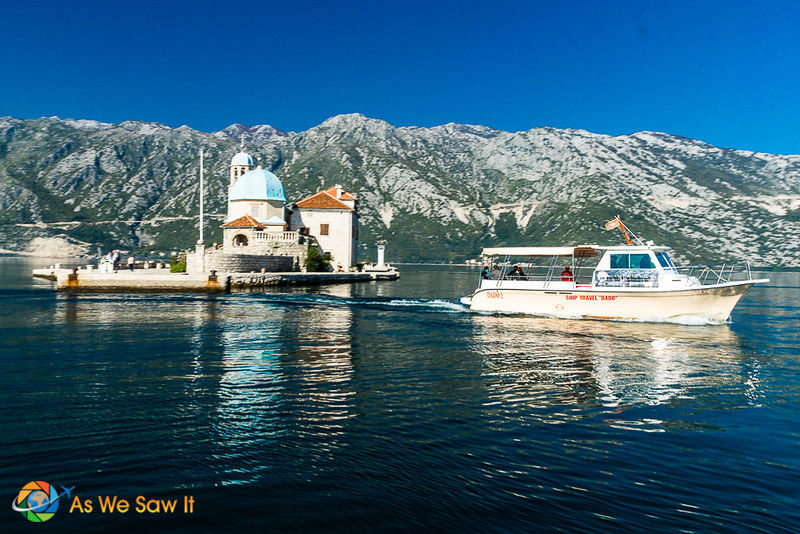
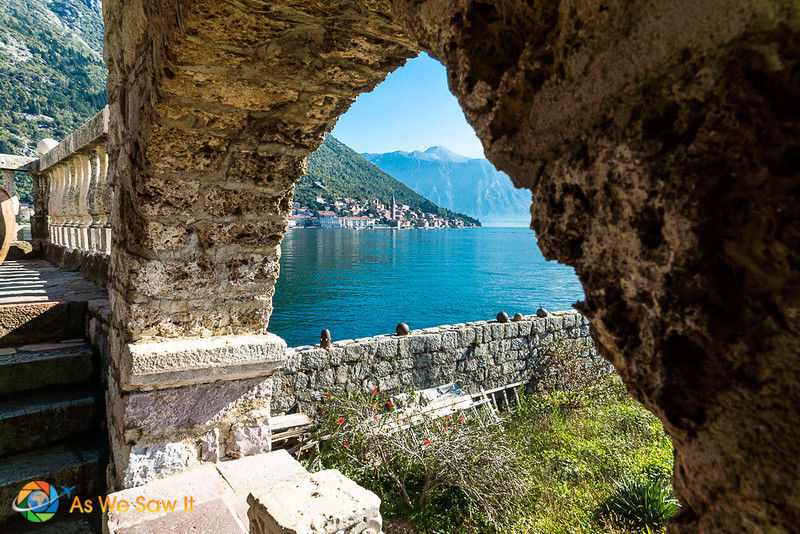
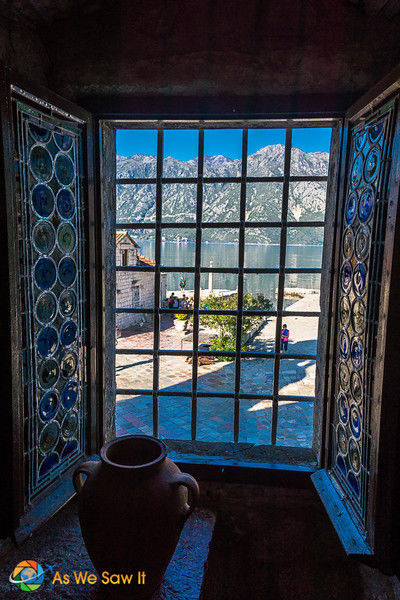
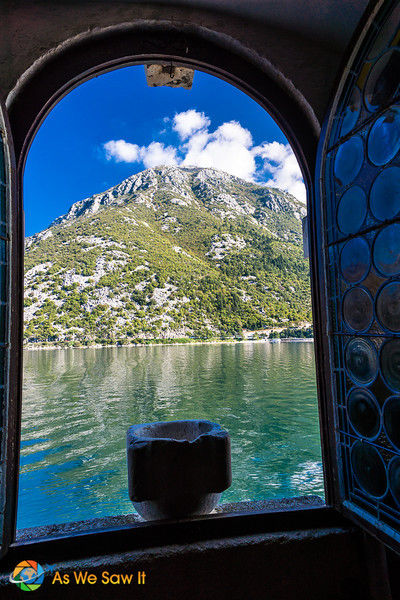
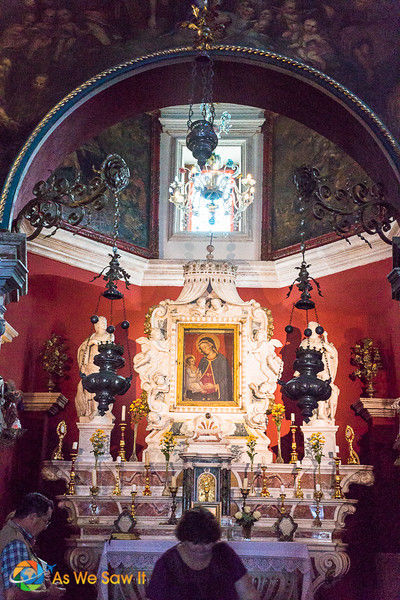
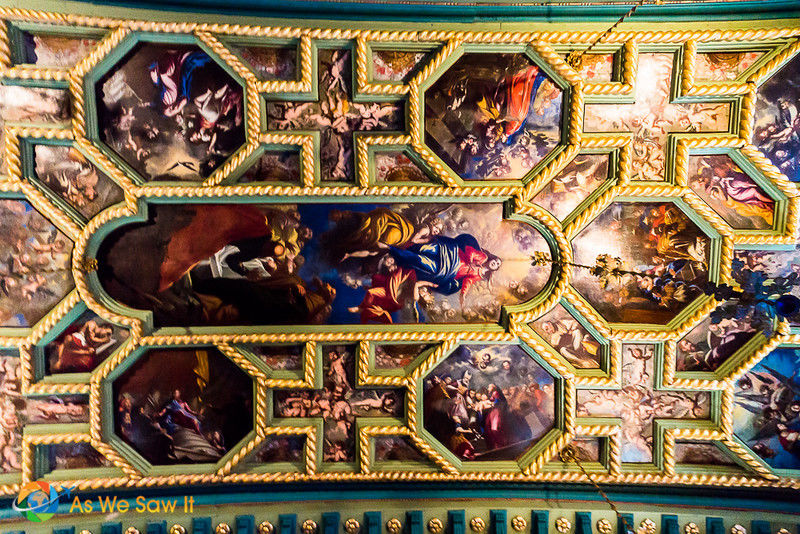
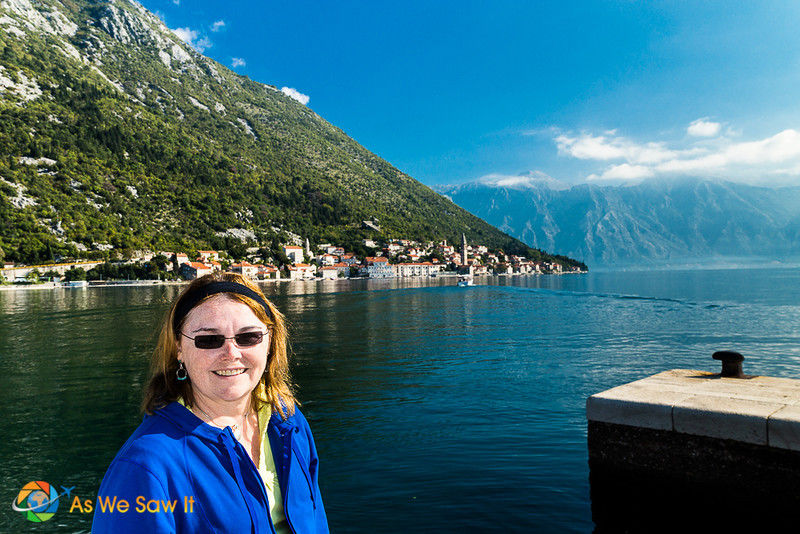
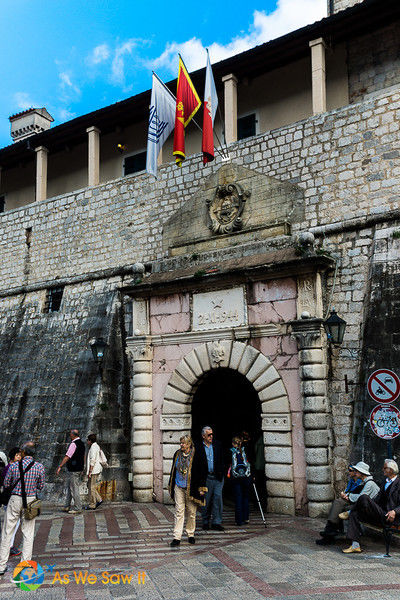
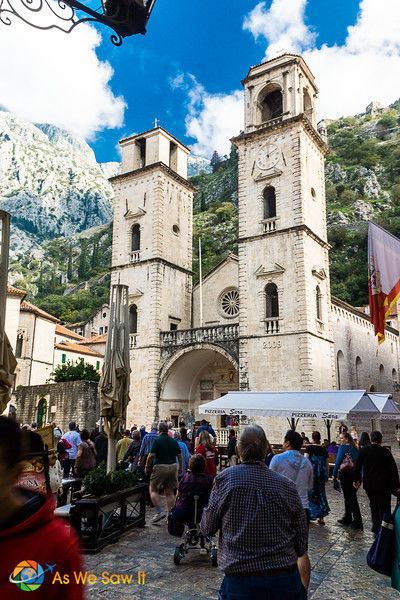
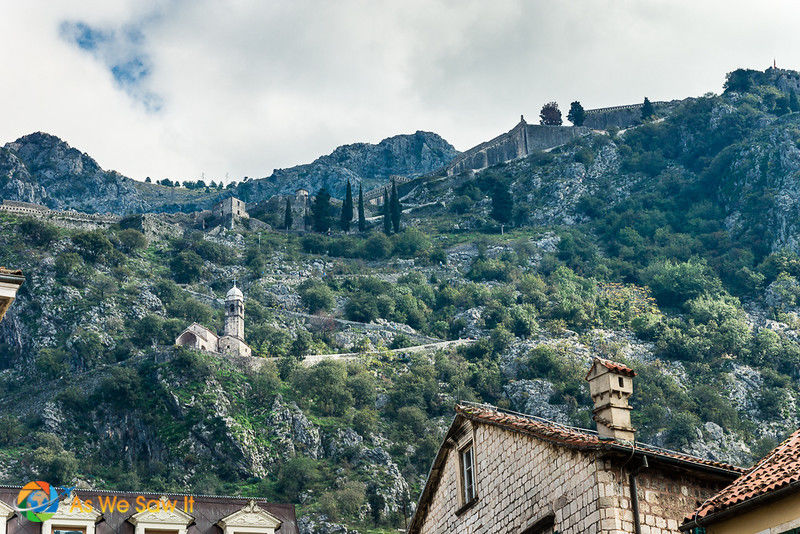
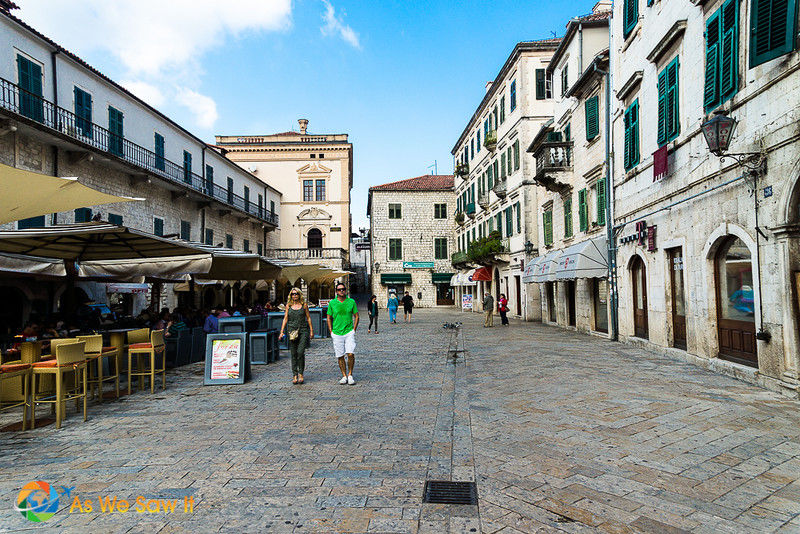
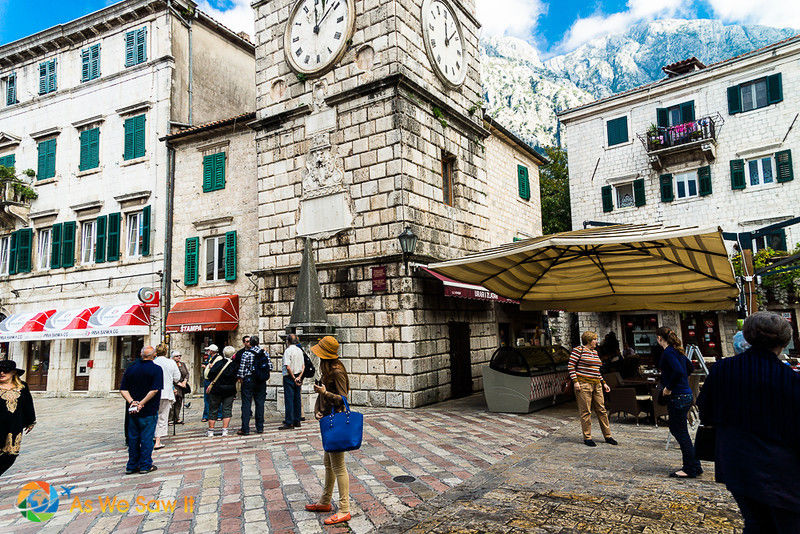
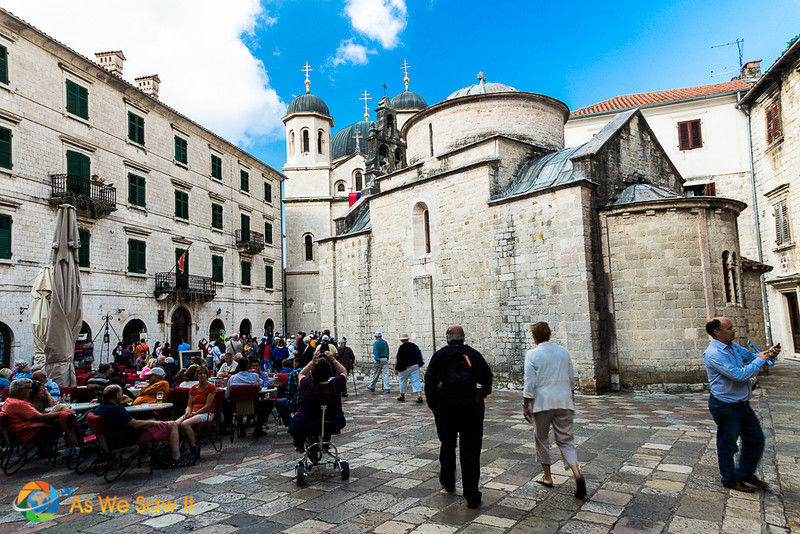
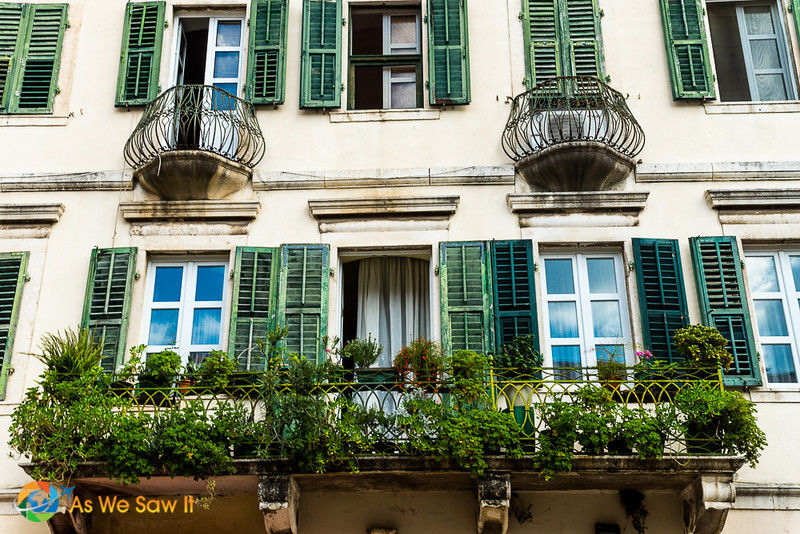
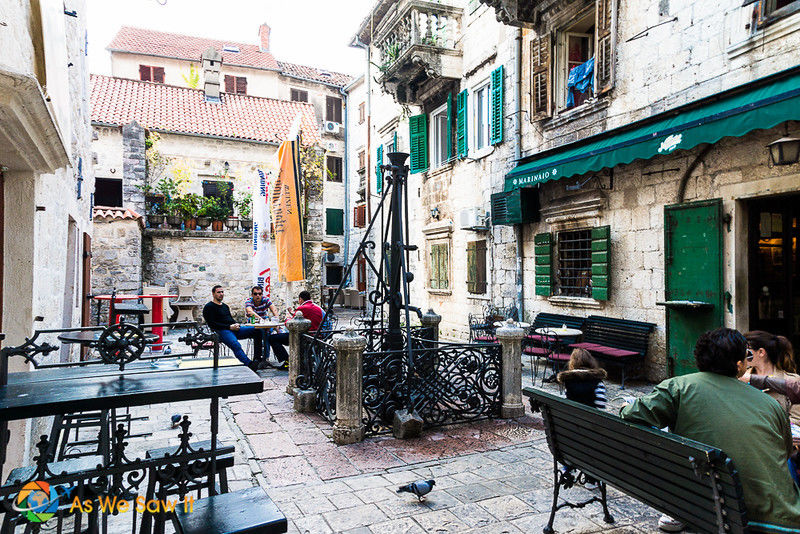
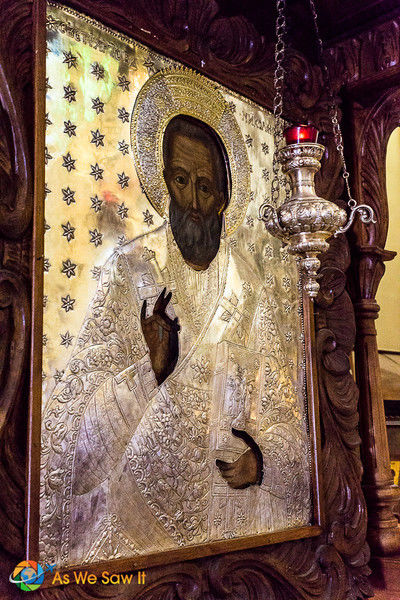
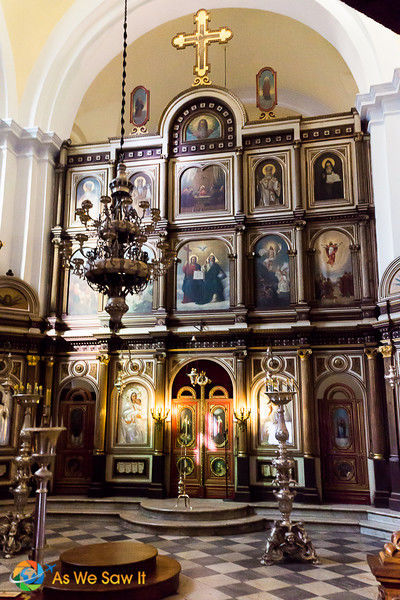
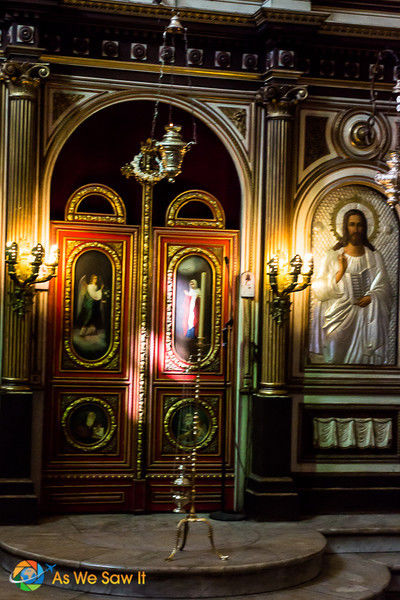
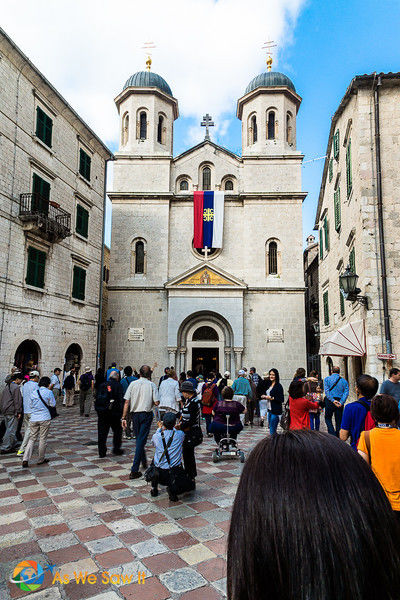
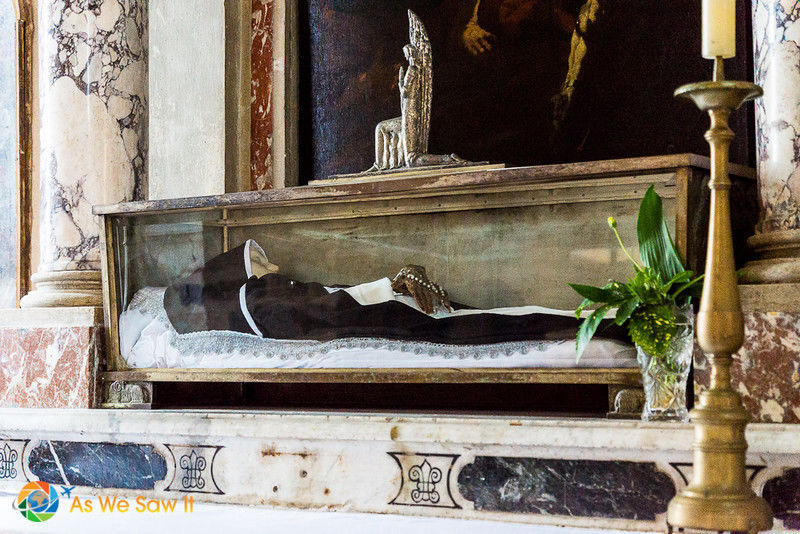
Partially hidden from the wide, blue Adriatic by towering limestone cliffs, Kotor is a treat for the eyes. Actually, it’s one of the most beautiful places on the Mediterranean, and the best way to approach its shores is through the ancient Bay of Kotor. It feels almost as though you are cruising through a Mediterranean fjord.
If you are lucky enough to arrive by cruise ship consider setting your alarm to wake up early so you can enjoy the very impressive views on the way in. If you like to shoot landscapes be sure to keep your camera handy as well.
Don’t expect a repeat of your previous destination: Kotor is no “little Dubrovnik” by any stretch of the imagination. This town feels more lived-in and authentic and lacks Dubrovnik’s prettified-for-tourists vibe. And thanks to the picturesque mountains and mirrorlike waters of Boka Kotorska—what the locals call the Bay of Kotor—this destination has a special appeal Dubrovnik will never have: raw, natural beauty.
It will take at least an hour for the ship to get from open sea to port. Once you do you will understand why Kotor’s medieval city and picturesque landscape were awarded World Heritage Site status. Both are stunning.
Gorgeous.
Amazing, even.
Hop-on/hop-off tour of Kotor
Kotor has an open top hop-on/hop-off tour bus. It doesn’t drive through the walled city but it does drive all the way down the road to the next-largest town of Perast. The mist and early morning light made us jump on right away to ride to the far end. We wanted to see the landscape and hear the guide’s narration about the area and its history. We also sat on the left so we’d get unobstructed views for our photos. The early morning mist still hovered over the water.
Risan: blink, and you’ll miss it
On the way our bus stopped in the tiny town of Risan and our driver got out to chat with some of his friends. He told us he would be there for a few minutes and we could either wait or visit a small excavation site nearby. Ha—we love things like that. There was no way we would wait on the bus! Like most of our fellow passengers, we went in.
Inside we were met by a young, knowledgeable guide who explained that our meager admission fee went to pay for upkeep and further work. (As a new country Montenegro doesn’t have the budget to support excavations like this.) She took us through the site to show us the remains of a Roman house dating from the 2nd century A.D. and explained about how they lived and what we were looking at.
Not much remains of the walls but there are some intricate and fairly well-preserved mosaic floors. Unlike the way things are done in many places we had no problem getting close enough to really see the details and take pictures.
PerastWhen the bus stopped in Perast on its return journey we hopped off to look around. We were curious to see more of this coastal Montenegrin town.
We soon decided that—aside from a few guest houses and restaurants—here isn’t a whole lot to the sleepy town’s waterfront. Perast is pedestrian-only and it only takes about ten minutes to walk from one end to the other. (After we got home, however, we learned that we’d missed a ton of stuff: sixteen Baroque palaces, seventeen Catholic churches, several important Orthodox structures and a series of nine defensive towers. Oops.)
As we walked through the town we found a small museum, set up in an old palazzo that dates from the Venetian empire. The previous owner had been a Montenegrin sea captain, so inside was wonderful old furniture as well as detailed ship models, exceptional paintings and old weapons that gave an idea of how the well-to-do lived its heyday.
Finally our guide pointed to the second floor balcony where we got a phenomenal view of the Bay. As we approached the window our view got better when we saw the two islands that are in the Bay.
Islands on the Bay of Kotor
The first of these islands is called Sveti Dorde, Island of Saint George. On it stands the Benedictine monastery of Saint George, which dates from the 12th century, a 9th century abbey, and an old graveyard for the old nobility from Perast.
Although Sveti Dorde is natural, the second island, Our Lady of The Rocks, is man made, and a church stands there to commemorate the reason.
Legend has it that it began from the local sailors taking an oath in the 15th century.
As the story goes, sailors from Perast found a picture of the Virgin Mary and the Christ-child here in 1452, so after every successful voyage they would lay a rock in this very spot so that a church could be built on top of these rocks. This tradition continued down the centuries and eventually this is how the islet was formed.
The custom of throwing rocks into the sea is alive even today. Every year on the sunset of July 22, local residents celebrate an event called fašinada by taking their boats out to the island and throwing rocks in.
Cruising on the Bay of Kotor
As we left the museum we realized that we had been mistaken. Perast does have something tourist-worthy: Tour boats.
We were sad when they told us that Sveti Dorde is closed to visitors; we really love medieval architecture. Only Our Lady of the Rocks can be visited. Still, we didn’t let that dissuade us and we paid to ride out to the island. The views were beyond incredible, even before we entered the church.
Inside the small Roman Catholic church are many historic paintings that were donated by the area’s devout, including a 17th century baroque masterpiece from Perast.
The rest of the church is beautiful as well. But we didn’t want to sit on the island all day, we still hadn’t seen Kotor!
The town of Kotor
Back in Kotor we walk through its gate and found plenty of natural beauty, Venetian architecture, and ancient history.
Kotor was settled during ancient Roman times (168 BC) and as you saw above historical sites abound. Two outstanding ones are Cathedral of Saint Tryphon in the old town (built in 1166) and Kotor’s ancient walls. The walls, which stretch for 4.5 km (3 mi) directly above the city, were built for protection by the Republic of Venice. (Those Venetians went everywhere along the Adriatic!)
Kotor’s main square
Kotor’s main square, Piazza of the Arms, has a beautiful old stone clock tower and offers a variety of excellent restaurants, cafés and shops that will keep you busy for quite a while. In Kotor’s less touristed side streets you can often find even better prices, more attentive service and more authentic local dishes.
We also discovered a tasting room for a local winery that produced absolutely amazing local wines at unbelievably low prices. Montenegrin wine is a treasure and the world is missing out. We couldn't take pictures as we were busy.
Venetian architecture
Many of Kotor’s buildings have its typical arches and balconies, which stands to reason considering how well preserved it is—and how long Venice was there.
Getting to Kotor by land
Kotor doesn’t have an airport but you can drive there. If you’re in Dubrovnik, plenty of companies offer day trips to Kotor. It’s not far from Dubrovnik (94 km/58 mi) at all. On the other hand, so you can drive yourself … or you can take a bus.
The roads are well maintained and hug the coast at times. Relax and enjoy some beautiful views.
Tip: Don’t forget to bring your passport because there’s a border crossing.
This trip was originally published on As We Saw It.

